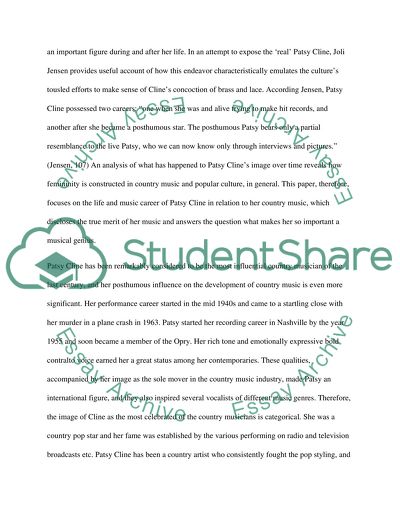Cite this document
(“Patsy Cline Essay Example | Topics and Well Written Essays - 1750 words”, n.d.)
Retrieved from https://studentshare.org/history/1508936-patsy-cline
Retrieved from https://studentshare.org/history/1508936-patsy-cline
(Patsy Cline Essay Example | Topics and Well Written Essays - 1750 Words)
https://studentshare.org/history/1508936-patsy-cline.
https://studentshare.org/history/1508936-patsy-cline.
“Patsy Cline Essay Example | Topics and Well Written Essays - 1750 Words”, n.d. https://studentshare.org/history/1508936-patsy-cline.


